Edited by: Gianna Merat
A former NASA physicist warns that “mega-constellations” of cheap satellites like Elon Musk’s Starlink could disrupt Earth’s magnetosphere by exposing all life to deadly cosmic rays.
The new study by Dr. Sierra Salter-Hunt is based on new estimates that Musk's SpaceX is burning more than 2,755 pounds (1.3 tons) of debris from its wireless Internet satellites into Earth's atmosphere every hour — creating a metallic layer of “conductive particles.” In orbit.
“I was absolutely amazed,” physicist Dr Salter Hunt told the Daily Mail. “No one has done much research on the buildup of metallic dust by the space industry.”
There are now 5,504 Starlink satellites in orbit, astronomers last estimated in March, of which 5,442 are operational. But there are plans for tens of thousands more.
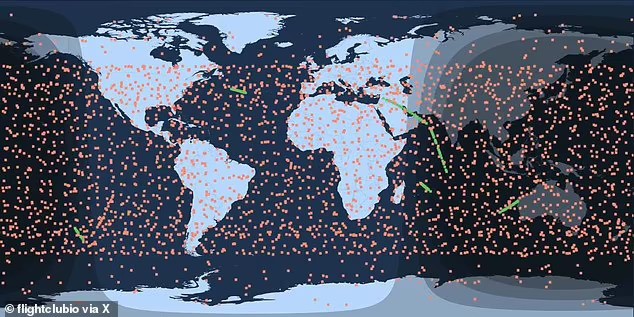
The physicist said particles from these end-of-life satellites could “distort or trap the magnetic field” that prevents Earth's atmosphere from escaping, “along with all the highly conductive metallic waste that's in the area.”
Although he notes that it is an “extreme case,” such a layer of charged metal dust could lead to “atmospheric stripping” similar to the ancient fate of Mars and Mercury.
After working on the comet research team for NASA's Stardust spacecraft in 2012, Dr. Salter Hunt spent three years at the US Air Force Research Laboratory.
There he studied the electromagnetic behavior of plasma plumes in low Earth orbit (LEO), the region of the upper atmosphere where the Starlink orbital network is located. He now advises on the impact of space weather on the aviation industry.
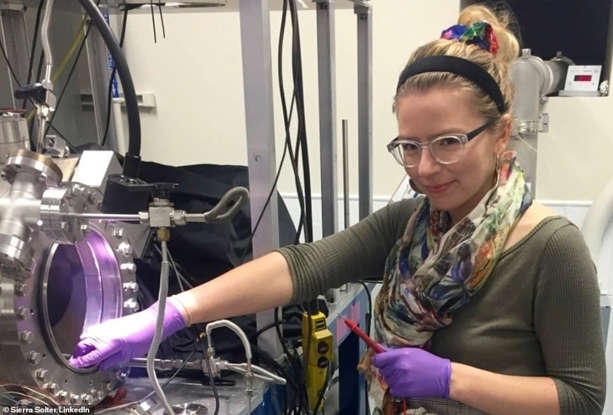
“We are on about 10,000 satellites [σε τροχιά] Dr Salter Hunt told the Daily Mail: “At the moment, but in 10 to 15 years the number is likely to reach 100,000.”
“By the time we get to 100,000, I think it will be too late, in terms of this unplanned geoengineering experiment that is going to happen,” he said.
The reason she's concerned is that these huge remnants of tiny metallic particles actually far outnumber the magnetically charged particles that protect Earth from cosmic radiation.
The heaviest known part of Earth's magnetosphere are large rings of trapped particles called Van Allen belts — two donut-shaped regions of small particles that are energized by cosmic radiation coming from the Sun.
The belts rotate from the Earth's magnetically charged north and south poles.
The weight of this biome is incredibly small compared to the metal debris that could tear it from Earth – the total mass of the Van Allen belts is only 0.0004 pounds (or about 0.00018 kilograms).
“The masses of other parts of the magnetosphere,” she noted in her new paper, published on Cornell’s arXiv site, “are less widely appreciated but are less dense than Van Allen belts.”
In other words, the light weight and low mass of the magnetosphere means that a large amount of heavy satellite debris could have a large and unprecedented impact.
“I think we need to stop using the ionosphere and atmosphere as a dustbin for the space industry immediately,” he told the Daily Mail.
In recent years, academic astronomers and SpaceX's satellite company, SpaceX's competitors, have for years filed formal complaints with the US Federal Communications Commission (FCC) about SpaceX's Starlink ambitions.
Astronomers in particular are concerned that the company's space junk could permanently impact ground-based observatories, disrupting the study of space.
“The addition of nearly 30,000 Starlink satellites will disrupt the entire field of astronomical research,” the FCC summarized academic researchers’ complaints in its November 29, 2022 ruling on SpaceX’s Gen2 satellite plans.
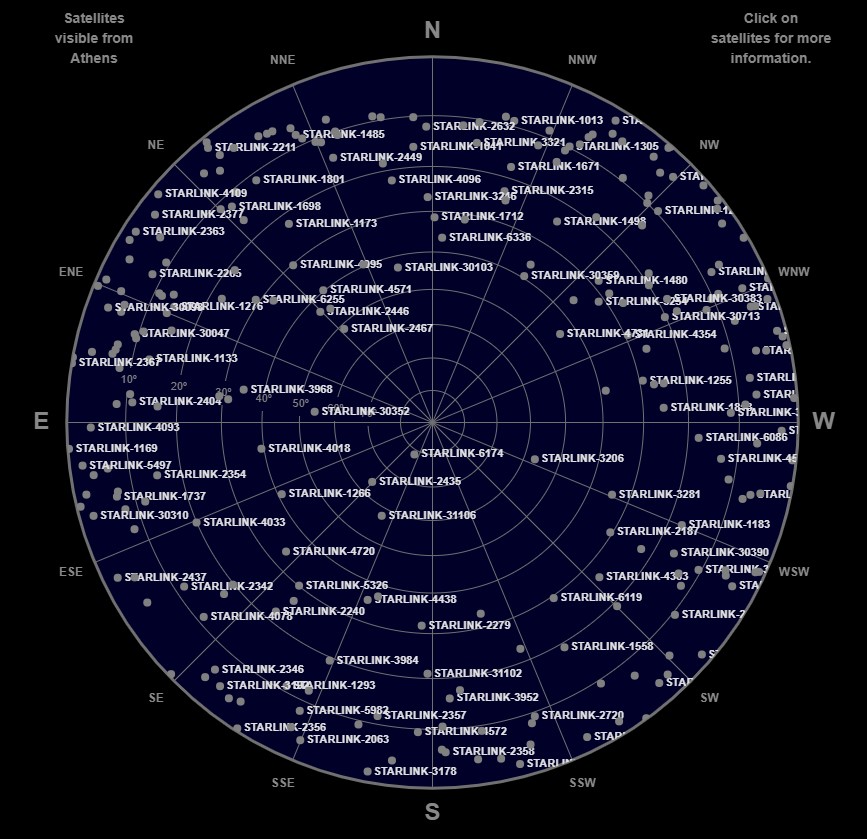
Several scientists sent letters to the agency expressing their concerns, including Canadian astronomer and planetary science professor Dr. Samantha Lawler and Dr. Meredith Rawls, a researcher at the Vera C. Rubin Observatory.
“When I heard Dr. Lawler […] Dr Salter-Hunt said: “Speaking of how no one knows what might happen when satellites start generating fragments regularly, I wanted to take a look at that. Also as part of my PhD in plasma physics.”
However, some astrophysicists and planetary scientists have expressed doubts about the new research's hypothetical worst-case scenario.
Researcher Fiona Thompson of Durham University in the UK told Live Science that Dr. Salter-Hunt's estimates of the number of future satellites “seem to be exaggerated,” as companies' ambitious launch plans tend to prevail.
He noted that the research was an “interesting thought experiment,” but added that “the idea that this would happen immediately should not be dismissed.”
A magnetosphere expert and planetary scientist at the University of Rochester in New York, Dr. John Tarduno, specifically criticized the new research's assumption that the density of metallic debris could become so thick that it cuts off the Earth from the Van Allen belts as a magnetic shield.
“Even at densities [της σκόνης του διαστημικού σκάφους] “As discussed, it is unlikely that there will be a continuous conductive shell like a true magnetic shield,” Dr. Tarduno said.
He said some of the study's assumptions were likely “too simple and unlikely to be true.”
But Dr Salter-Hunt told the Daily Mail that none of her critics were able to debunk her basic premise, even when she herself asked for deeper constructive criticism.
“I've reached you [μερικούς] He told them to get more details about how I could improve the research, but they didn't know how I could improve my study of electrostatic analyses. “Or they were not accessible.”
“So I don't think there are any real scientific reviewers at the moment, and the paper is in the peer review process,” he concluded.
Dr. Lawler, an astronomer at the University of Regina in Canada who inspired her research, called the new study a “really important first step” that draws much-needed attention to the “alarming” amount of spacecraft dust accumulating in Earth's atmosphere.
“Results [αυτής της δορυφορικής ρύπανσης]“They may also be on a very different scale than we're used to thinking about,” Dr. Lawler said.
DailyMail has reached out to SpaceX's PR team for comment, but the company has yet to respond.
With information from the Daily Mail

“Avid problem solver. Extreme social media junkie. Beer buff. Coffee guru. Internet geek. Travel ninja.”

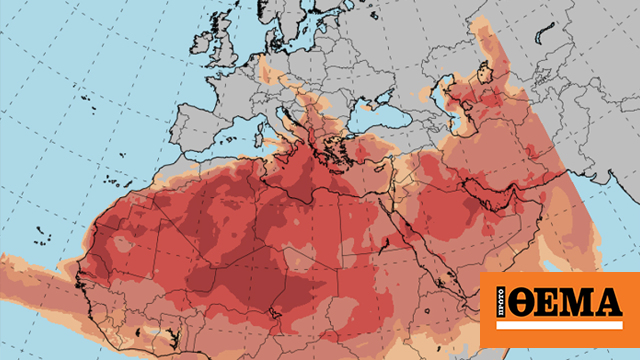

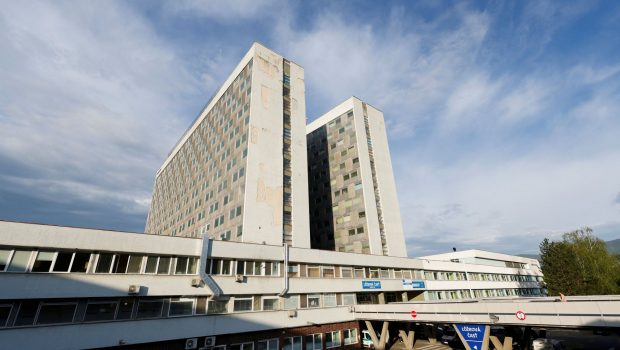
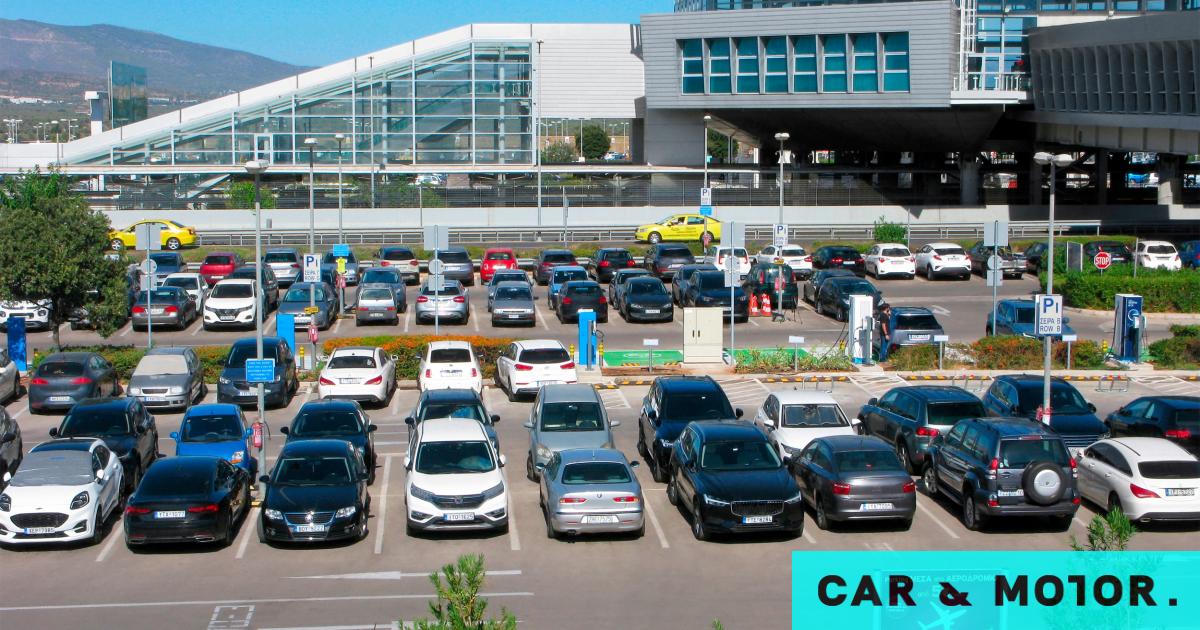
More Stories
Artificial Intelligence: “Lies, Theft, and Cheating,” MIT warns
GTA 6: New release window for Rockstar Games’ coveted game
Katerina Kenorghiu: What was it like before plastic surgery